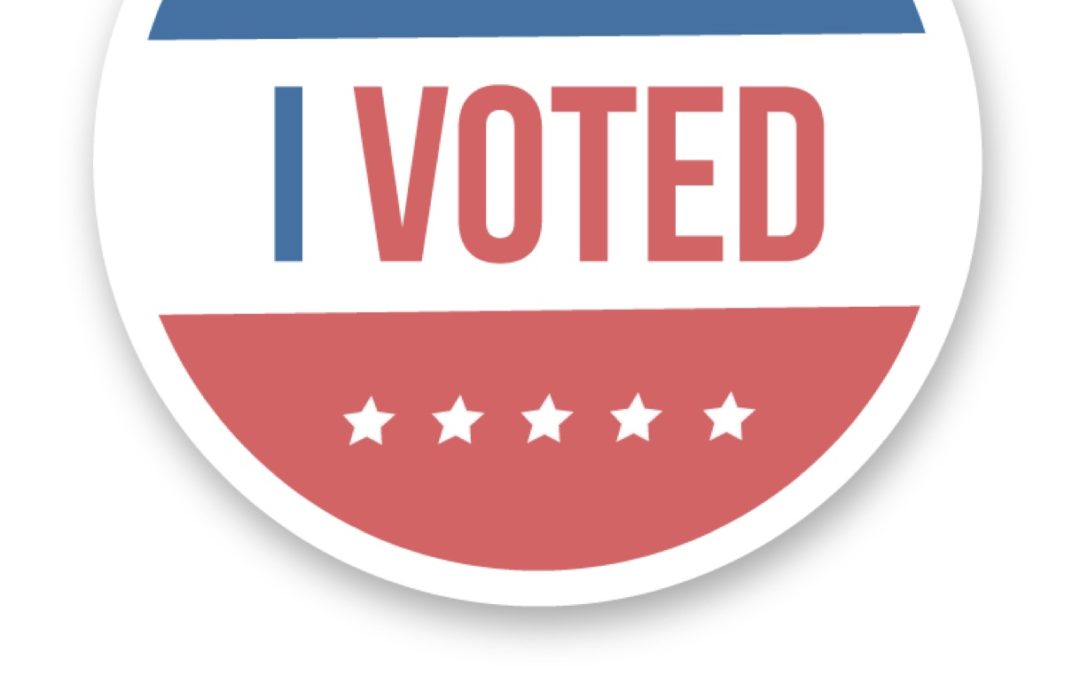Crafting an effective call to action is one of the great challenges of nonprofit messaging. Most organizations go big and bold. Help us cure cancer! Save the planet! Change lives!
At first glance, this seems smart. . After all, your organization exists in order to achieve big, important goals, right? But human behavior doesn’t work that way.
If you want people to respond, try going small instead of big. Suggest something that feels achievable. Then, guide people to achieve it.
Stanford Social Innovation Review published a valuable article on how to make your calls to action more effective. The authors identified four principles to help organizations craft calls to action that will drive real change. I’ll summarize them here, but for all the details, please read the terrific article by Annie Neimand, Samantha Wright, Max Steinman and Ann Christiano.
Make it specific. Ask people to do something concrete.. Don’t leave it up to interpretation. “Wear a bike helmet” is clear. “Stay safe on your bike” is vague.
Make it feel achievable. Show people how their small action will help make a difference. Here’s how water.org encourages small gifts:
Together with our 129 partners around the world, we’ve helped mobilize more than $2 billion in capital to support small loans that bring access to safe water and sanitation to millions of people in need. That’s how every $1 we put into WaterCredit creates $66 worth of impact.
Make it easy. Your call to action should feel like an opportunity not a burden. It should be something that people want to do and can do easily. Does your polling place pass out “I voted” stickers? People can wear them easily and can feel good about it. The stickers are an easy way to encourage voting…as you will read in our final principle.
Make it feel like everyone is doing it. It seems obvious that if there is a low turnout at the polls, your vote counts for more. So, you rush out and vote, right? In fact, the inverse is true; publicity about low turnout discourages voting. People like to conform with social norms. When they hear that “everyone is doing it” they are more likely to vote. That’s why I voted stickers are so effective. They don’t explicitly ask people to take action, but they implicitly send a strong message.
To improve your nonprofit messaging, click here to read the entire article. Now that’s a good call to action!


Recent Comments